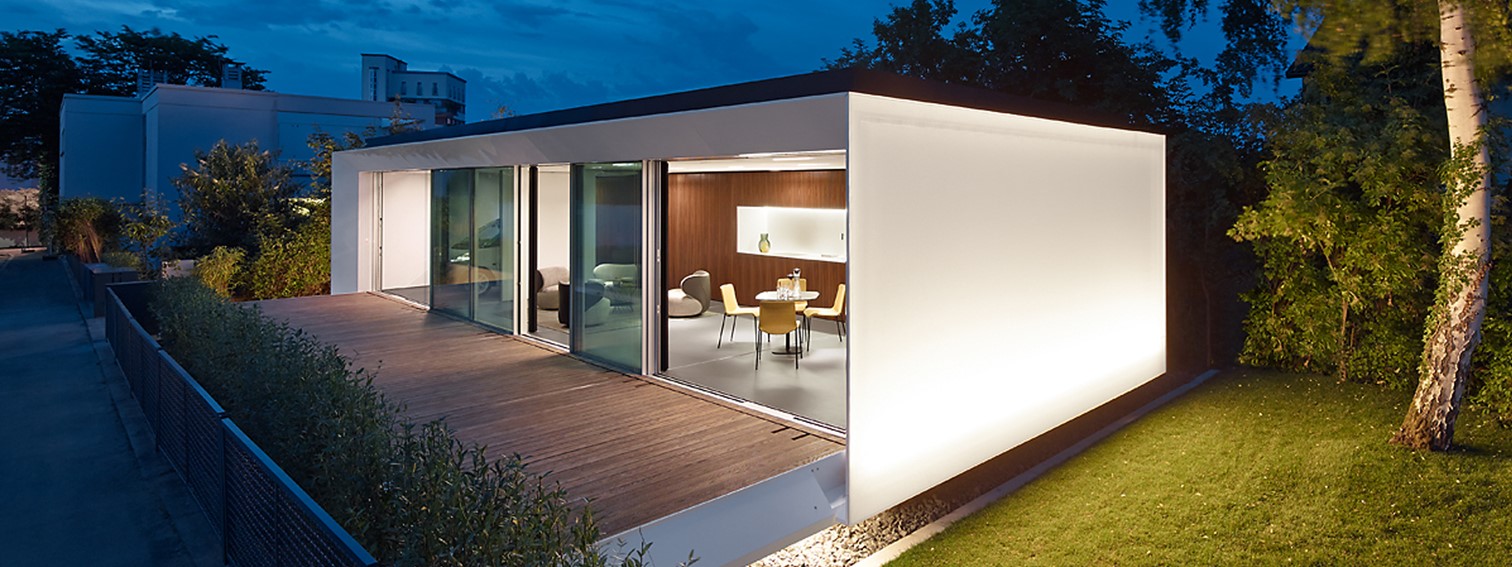Aktivhaus B10 project uses VIP technology
Vacuum insulation panels (VIP) are one of the participating technologies of the research project Aktivhaus B10 which investigates how innovative materials, construction methods and technologies can improve the built environment in a sustainable way. The project is supported by the German Federal Ministry for Traffic and Digital Infrastructure in Berlin and space was donated by the provincial capital of Stuttgart.
Thanks to an ingenious energy concept and forward-thinking, self-learning building controls the building uses only half of the energy that it can generate. The highly efficient and simultaneously lean building shell that was required was made possible thanks to the use of vacuum insulation panels. The ambitious objective of producing twice its own power consumption requires highly efficient building insulation. B10 was also planned within only a few months and pre fabricated industrially as a wooden structure before being assembled on site within one day.
VIP technology provided two main advantages to the project: on the one hand a robust insulation level and on the other hand, quick availability. In order to achieve the best possible heat transfer coefficient the remaining areas to be insulated were laid with customised special elements.
The finished building fulfilled the requirements of the Triple Zero Standard. It produces more energy than it requires (zero energy); it does not cause any emissions (zero emissions) and it can be returned to the materials cycle without residues (zero waste). This VIPA case study is another example of how VIPs were used and which contributions they brought to the project.


